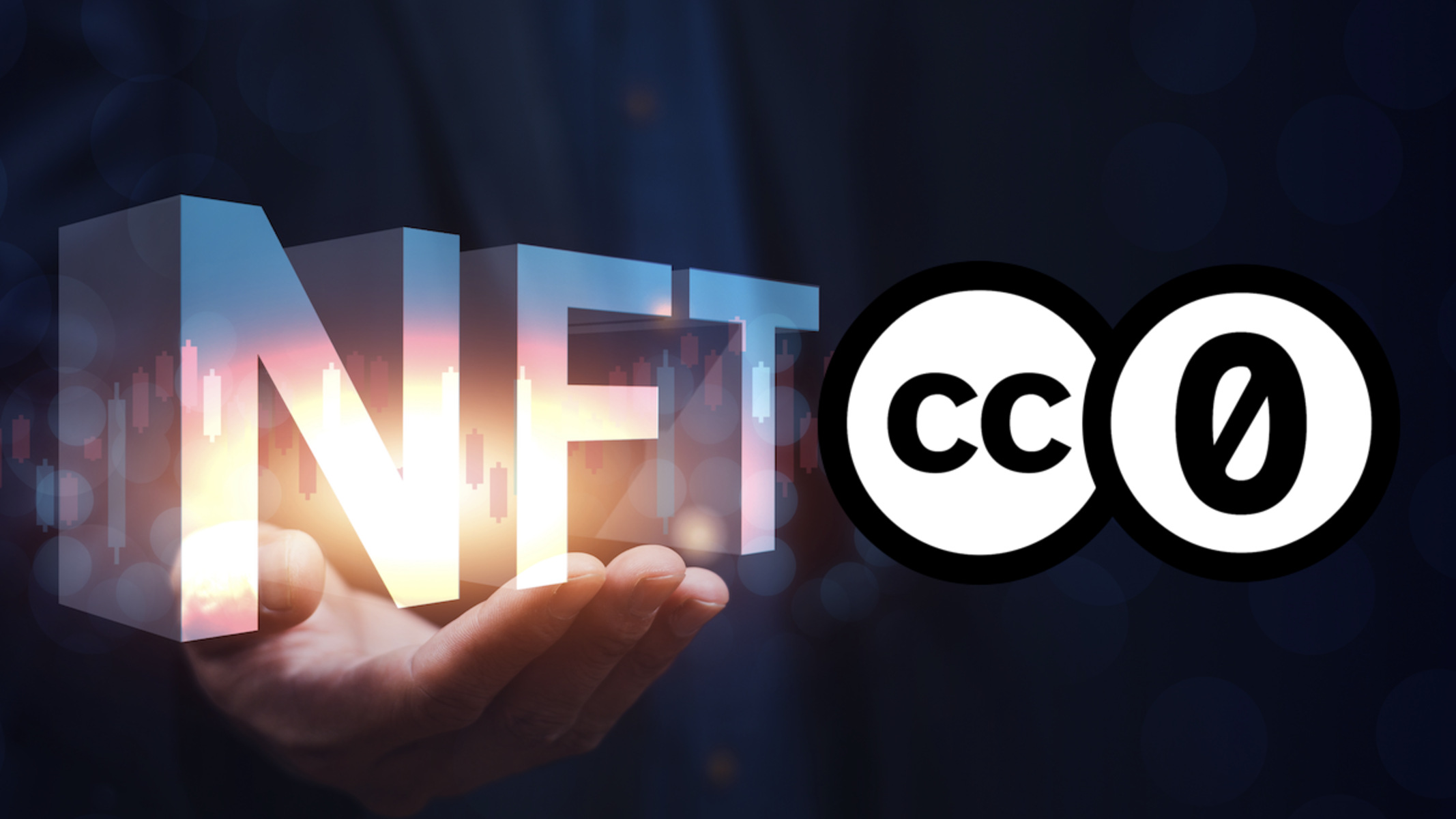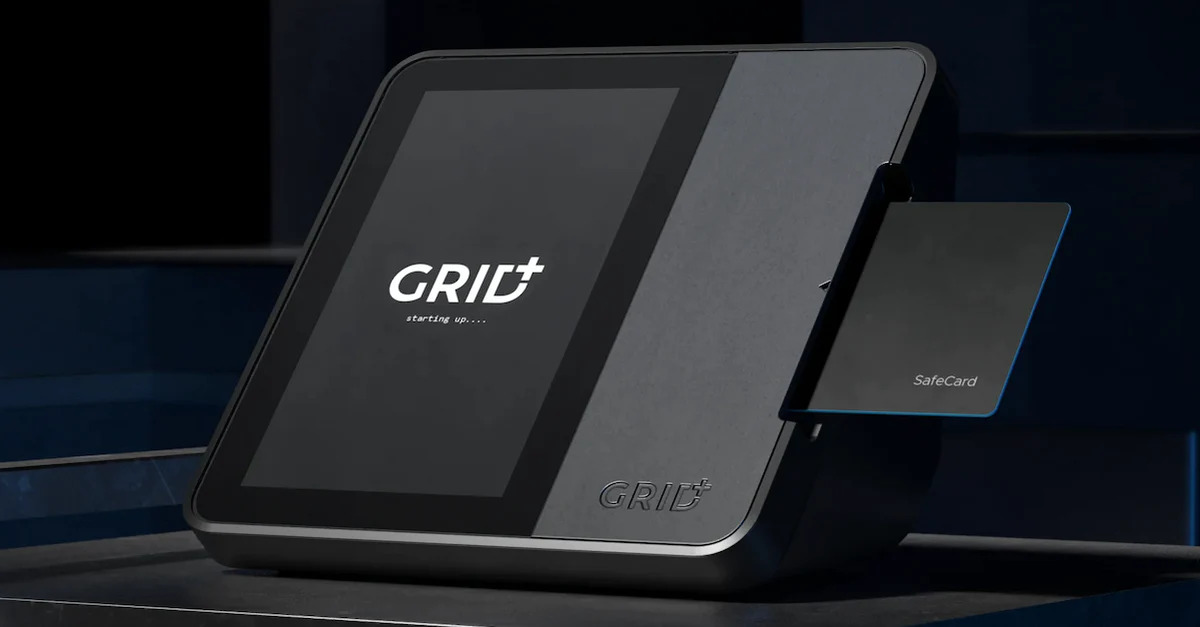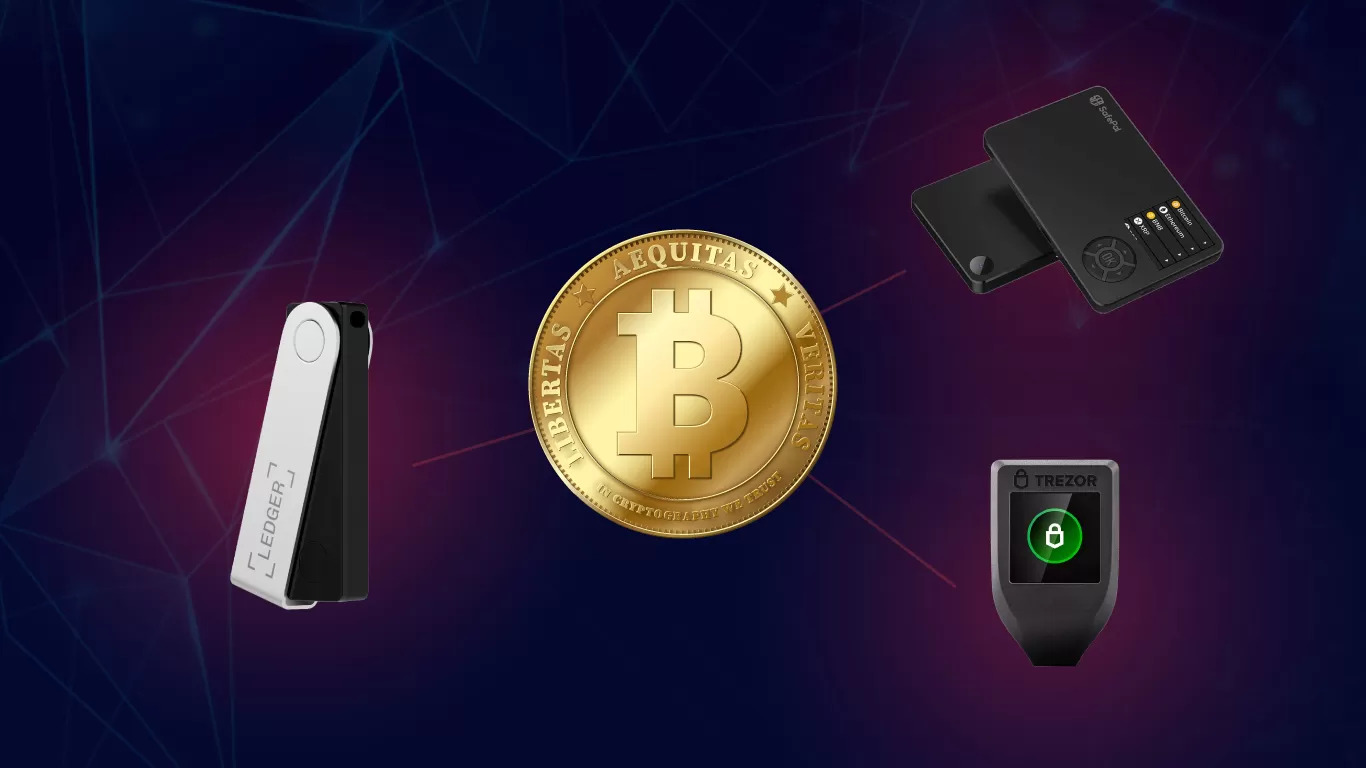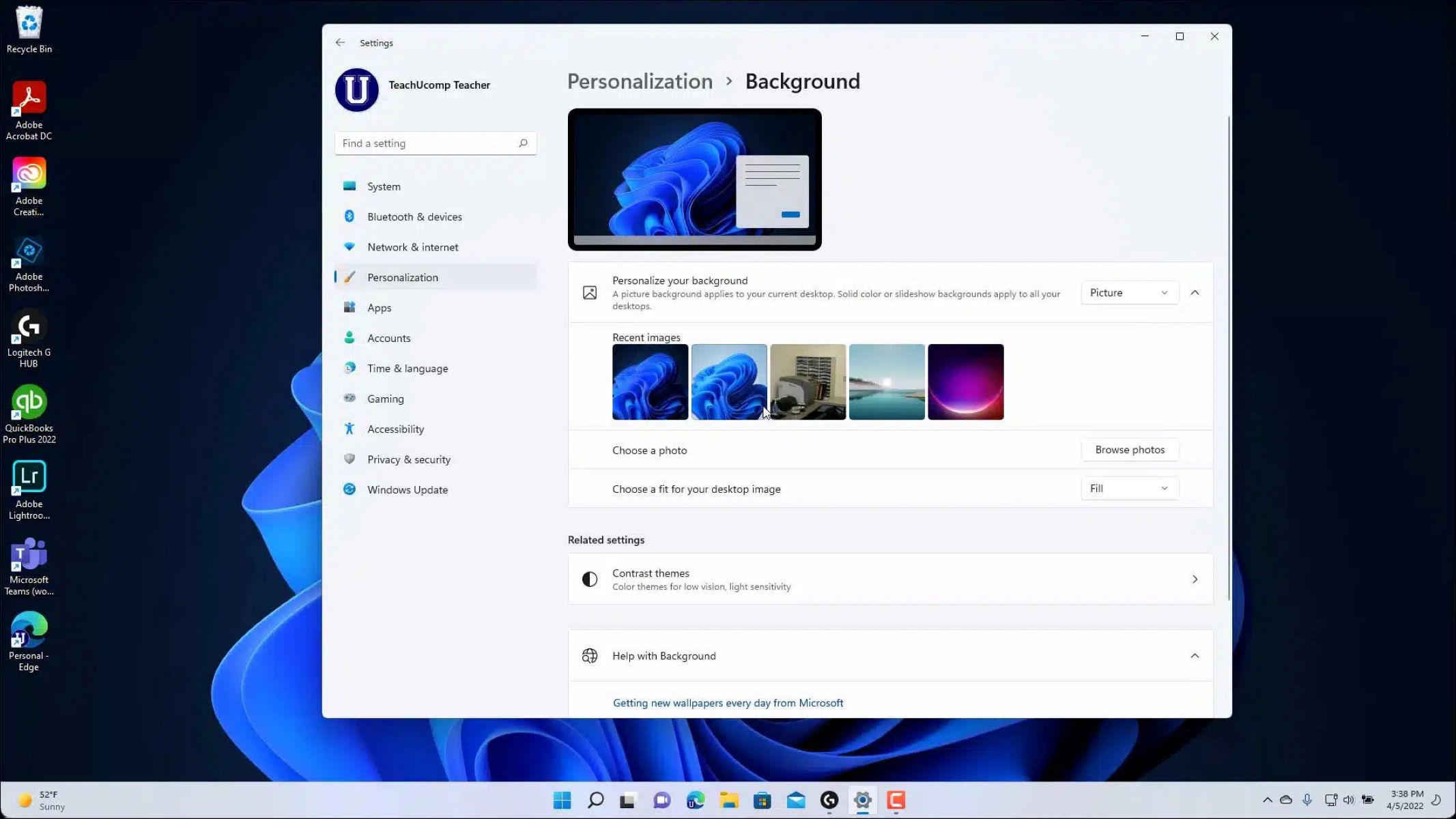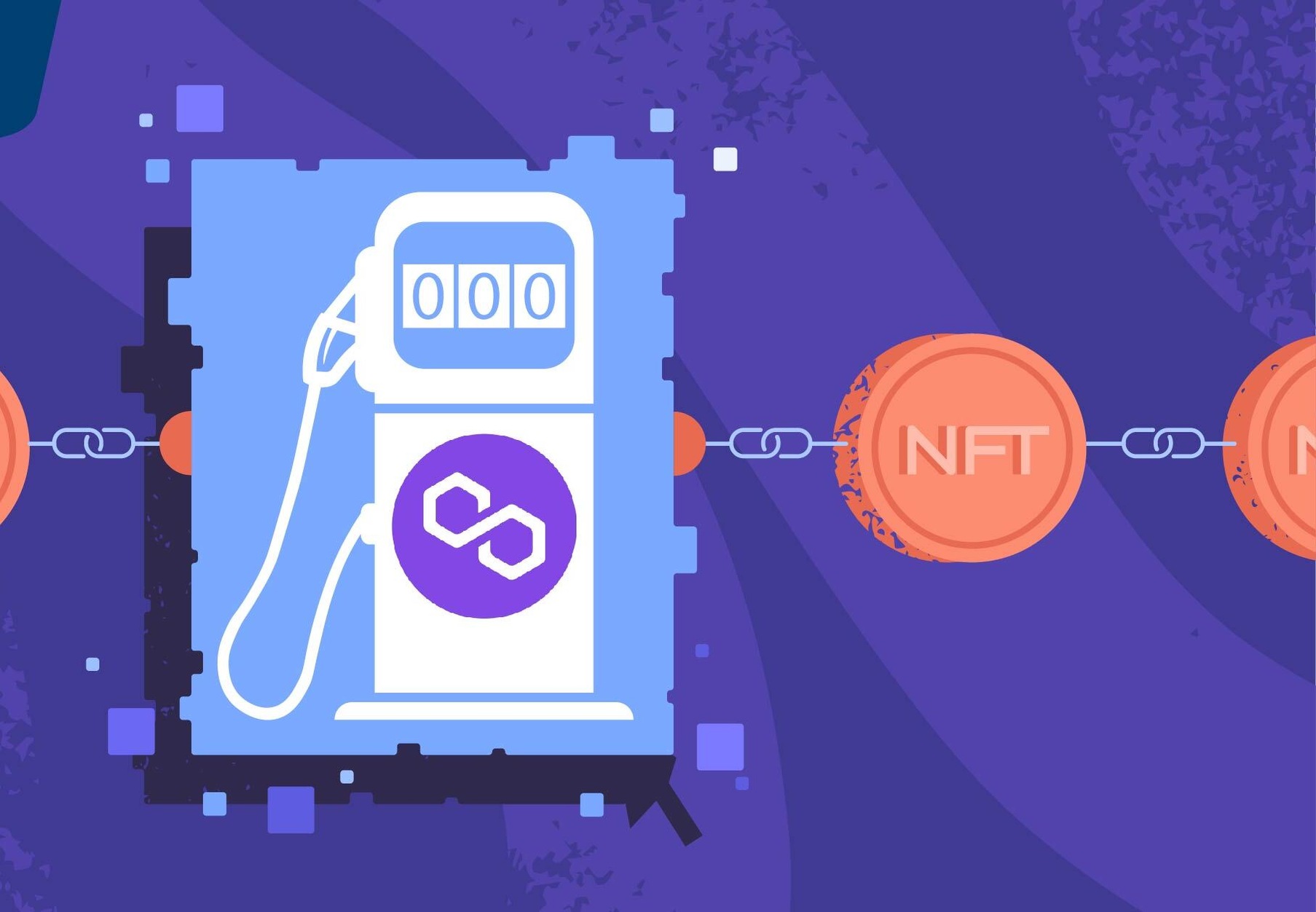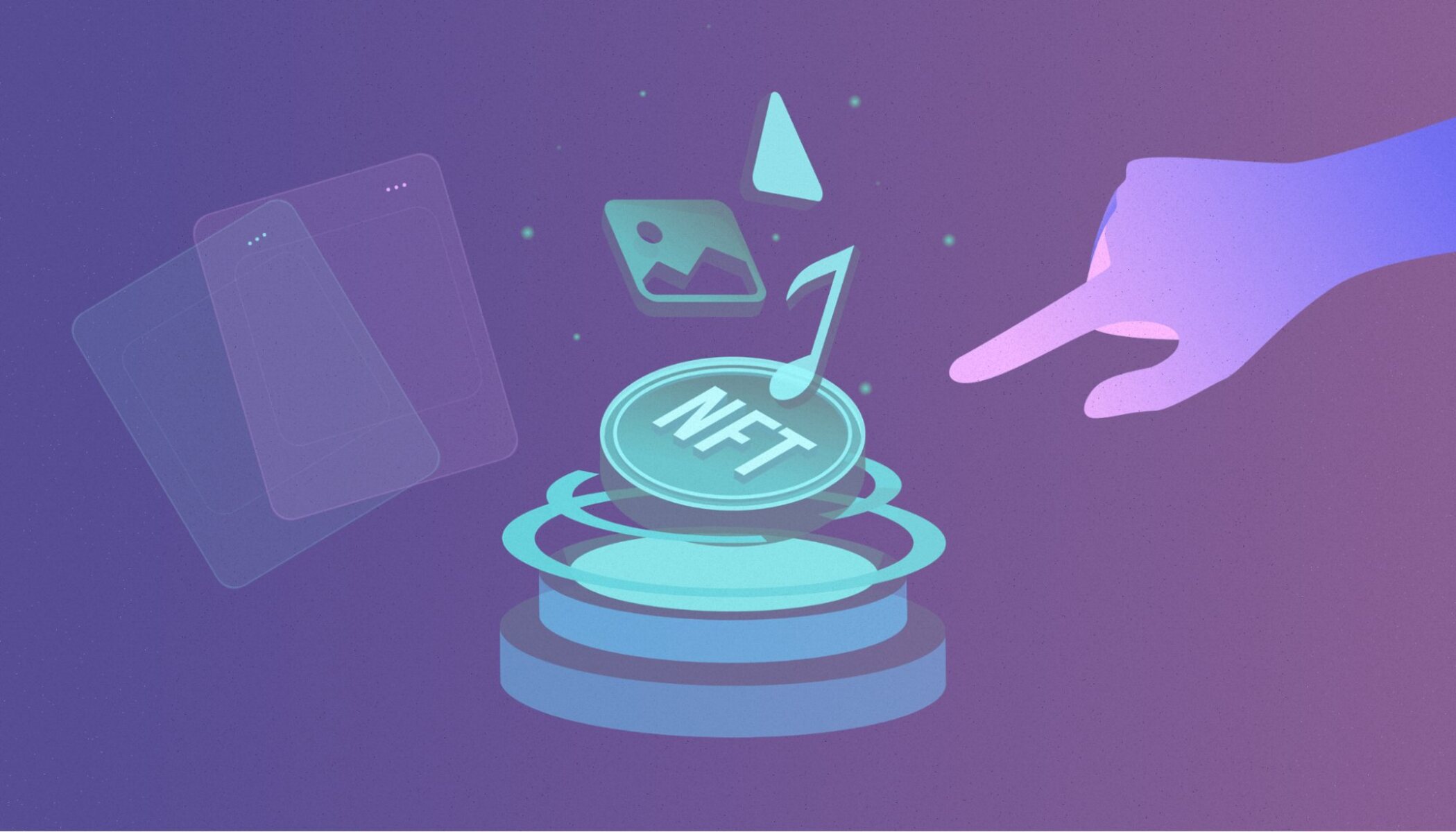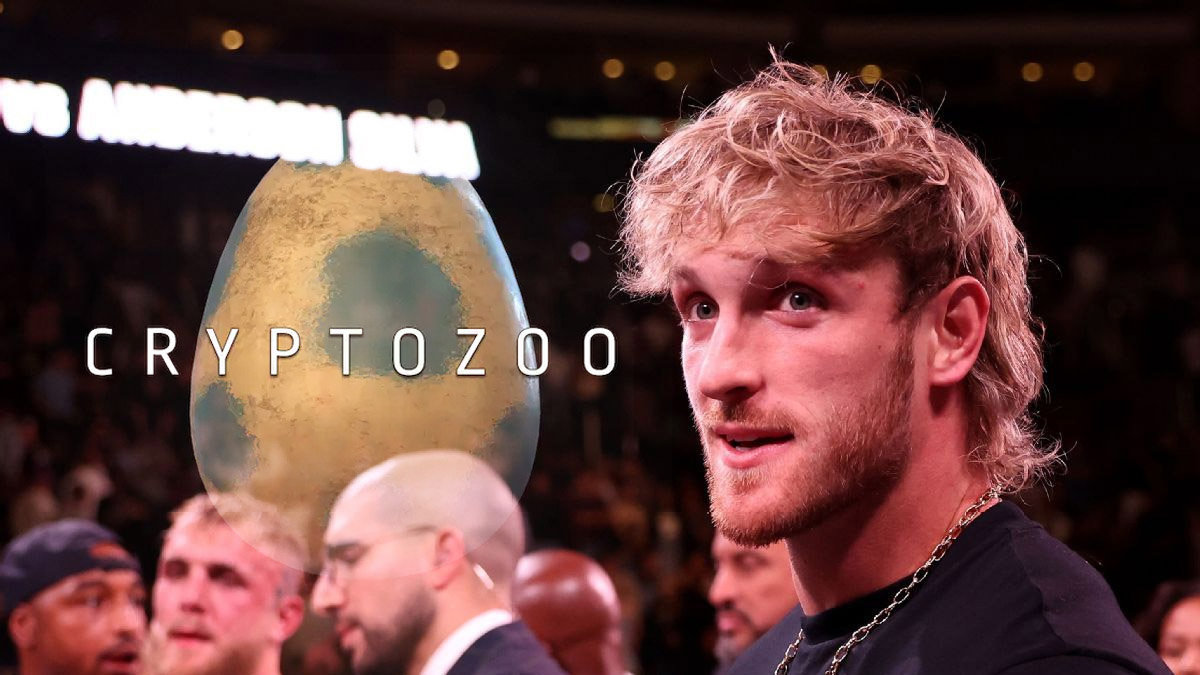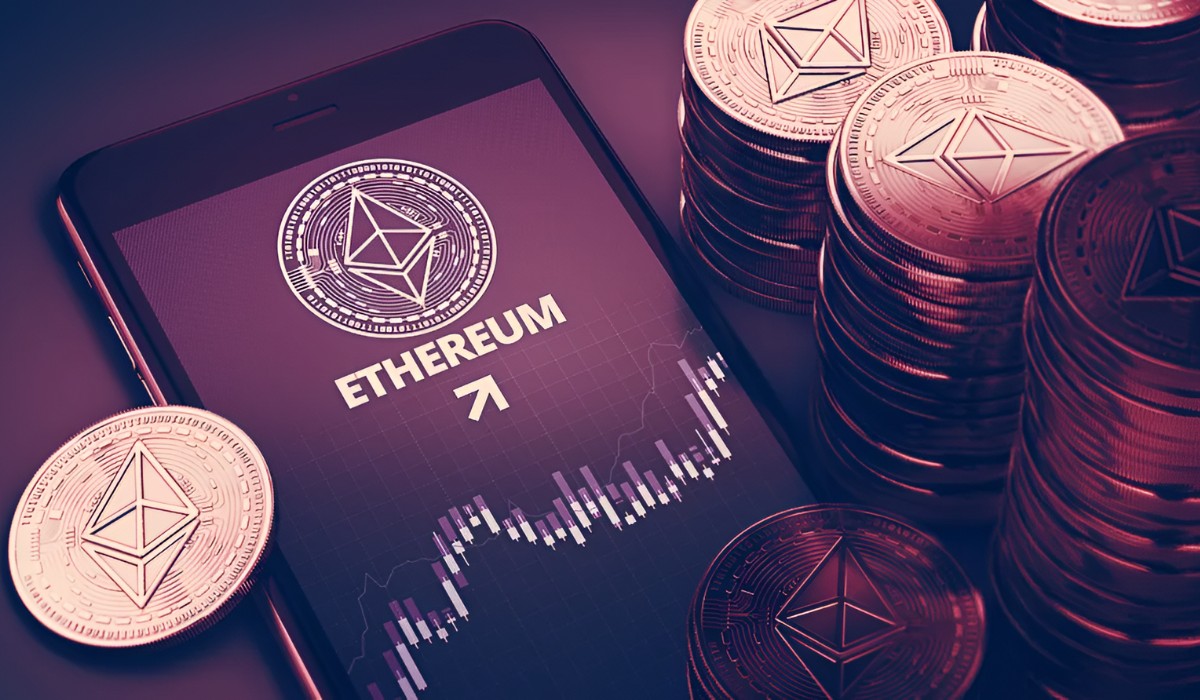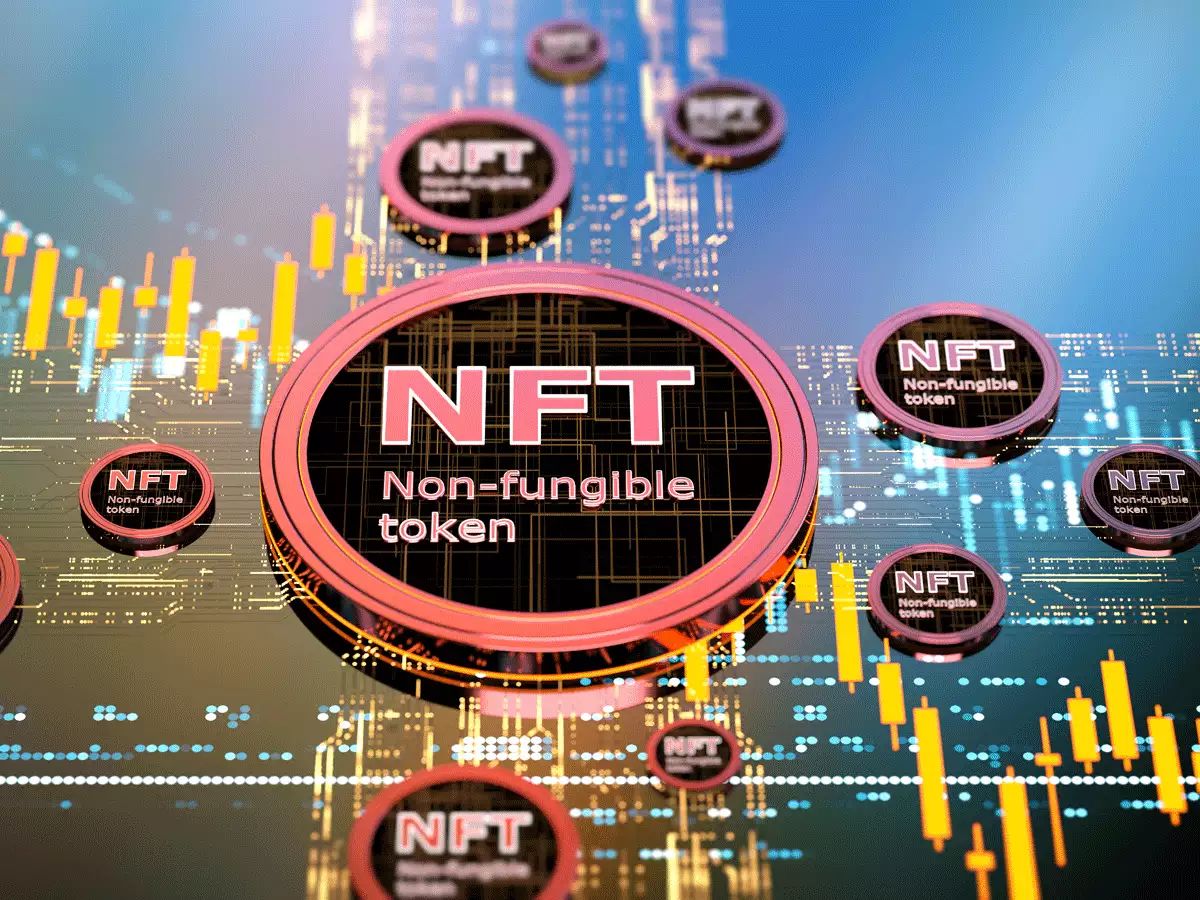Introduction
Welcome to the world of Non-Fungible Tokens (NFTs) and Creative Commons Zero (CC0) licensing! In recent years, NFTs have taken the digital world by storm, revolutionizing the way we buy, sell, and own digital assets. At the same time, CC0 licensing has become a popular choice for creators looking to release their work into the public domain.
But what exactly are NFTs and CC0? In this article, we will delve into the world of CC0 NFTs, exploring their definition, benefits, and how to create and find CC0 NFTs. So, whether you’re an artist, collector, or simply curious about the latest trends in the digital world, this article is your guide to understanding CC0 NFTs.
Before we dive deeper into CC0 NFTs, let’s quickly explore the concept of NFTs. Non-Fungible Tokens are unique digital assets that utilize blockchain technology to establish ownership and provenance. Unlike cryptocurrencies such as Bitcoin or Ethereum, which are interchangeable, NFTs are one-of-a-kind assets that can represent anything from digital art and music to domain names and virtual real estate.
On the other hand, CC0 refers to Creative Commons Zero, a public domain dedication that allows creators to waive their rights to a work and make it available for anyone to use, modify, and distribute without restrictions. CC0 provides a simple and universal way for creators to share their work while ensuring it remains free from legal barriers.
Now that we have a basic understanding of NFTs and CC0, let’s explore the concept of CC0 NFTs. CC0 NFTs combine the uniqueness and ownership verification of NFTs with the freedom and openness of CC0 licensing. It allows creators to release their NFTs into the public domain, making them freely available for others to use, enjoy, and even tokenize further.
By combining NFT technology with CC0 licensing, CC0 NFTs break down the traditional barriers and limitations of ownership and copyright. They empower creators to share their work with the world while giving them the opportunity to monetize their creations in new and innovative ways.
In the following sections, we will explore the benefits of CC0 NFTs, how to create them, and where to find CC0 NFTs in the ever-expanding NFT marketplace. So, let’s jump in and discover the exciting world of CC0 NFTs!
What is NFT?
Before we dive into the concept of CC0 NFTs, let’s first understand what NFTs are. NFT stands for Non-Fungible Token, and it has gained significant attention in the digital world in recent years. Essentially, an NFT is a unique digital asset that is stored on a blockchain, typically the Ethereum blockchain.
Unlike cryptocurrencies like Bitcoin or Ethereum, which are fungible and can be exchanged on a one-to-one basis, NFTs are one-of-a-kind and cannot be exchanged on a like-for-like basis. Each NFT has its own distinct value and cannot be replicated or replaced. This uniqueness is what gives NFTs their value and appeal.
NFTs can represent various forms of digital assets, such as artwork, music, videos, virtual real estate, collectibles, and even virtual identities. The value of an NFT is derived from factors like scarcity, demand, provenance, and the perceived value placed on the underlying asset it represents.
One of the key features of NFTs is their ability to establish ownership and provenance using blockchain technology. The blockchain serves as a decentralized ledger that records every transaction and transfer of an NFT. This provides a transparent and verifiable history of ownership, ensuring the authenticity and uniqueness of the digital asset.
When someone purchases an NFT, they essentially acquire a digital certificate of ownership tied to that specific asset. This certificate, or token, represents the ownership rights and can be transferred or sold to other individuals. The transfer of ownership is recorded on the blockchain, making it publicly accessible and immutable.
NFTs also allow creators and artists to include royalties in their smart contracts. This means that whenever their NFT is sold or traded in the future, they can receive a percentage of the resale value. This feature has opened up new revenue streams for creators, giving them the potential to earn ongoing income from their digital creations even after the initial sale.
The emergence of NFTs has sparked a wave of creativity and innovation in the art world, allowing artists to tokenize and sell their digital artwork directly to collectors. It has also presented opportunities for content creators in various industries to monetize their work and connect with their audiences in new and exciting ways.
NFTs have become a hot topic of discussion, with high-profile sales and celebrities getting involved in the space. However, like any emerging technology, NFTs also come with their fair share of challenges and controversies, including environmental concerns related to the energy consumption of blockchain networks.
Now that we have a solid understanding of NFTs, let’s explore how CC0 licensing can be integrated into the world of NFTs to create CC0 NFTs, which offer new possibilities for creators and collectors alike.
What is CC0?
CC0, or Creative Commons Zero, is a licensing option that allows creators to dedicate their work to the public domain. When a creator applies a CC0 license to their work, they are essentially waiving all rights and releasing the work into the global commons, free from copyright restrictions.
CC0 is designed to provide a simple and standardized way for creators to share their work with the world and allow others to use, modify, and distribute it without any legal limitations. It offers a powerful tool for creators who want their work to be freely available for everyone to benefit from.
By choosing CC0 licensing, creators can ensure that their work can be used for any purpose, be it commercial or non-commercial. This open licensing model promotes collaboration, creativity, and innovation by removing barriers and making it easier for others to build upon existing works.
CC0 is widely considered one of the most permissive open licenses available. It goes beyond the scope of traditional copyright licenses, which often require attribution or impose certain restrictions on the use of the work. With CC0, creators can effectively relinquish their copyright and grant others the freedom to use the work in any way they see fit.
By releasing their work under CC0, creators enable others to remix, adapt, and transform their creations into something new. This can lead to the development of derivative works, collaborations, and the birth of new ideas and projects that may not have been possible otherwise.
CC0 licensing also provides legal clarity and peace of mind for those who use and incorporate CC0-licensed works into their own projects. It eliminates the need for individuals to seek specific permissions or navigate complex copyright frameworks, as the creator has already granted the broadest possible permissions through the CC0 license.
Furthermore, CC0 allows for the seamless integration of CC0-licensed works into the world of NFTs. By combining the uniqueness and ownership verification of NFTs with the open and permissive nature of CC0 licensing, creators can release their NFTs into the public domain, making them freely accessible to anyone.
The use of CC0 in the NFT space presents new opportunities for artists, collectors, and enthusiasts. It allows artists to share their NFT creations with a global audience, encourages collaboration and remixing of NFT assets, and removes potential legal barriers that may limit the enjoyment and use of NFTs by others.
In the next section, we will explore the fascinating realm of CC0 NFTs, where the blend of NFT technology and CC0 licensing opens up a world of possibilities for creators and collectors alike.
Understanding CC0 NFT
CC0 NFTs represent a convergence of two powerful concepts in the digital world: Non-Fungible Tokens (NFTs) and Creative Commons Zero (CC0) licensing. By combining these two, we can create a new paradigm where unique digital assets can be freely shared and enjoyed by all.
At its core, CC0 NFTs are NFTs that have been released into the public domain through the application of a CC0 license. This means that the creator of the NFT has chosen to waive all rights and restrictions associated with the traditional copyright framework, allowing others to use, modify, and distribute the asset without any legal limitations.
CC0 NFTs offer a way for creators to embrace the open ethos of the digital age while still benefiting from the unique features of NFTs. Creators can tokenize their work, establish ownership on the blockchain, and sell their CC0 NFTs to collectors, all while ensuring that the asset remains freely available for anyone to use and enjoy.
By releasing their NFTs as CC0, creators give up the potential for exclusive control and monetary gain from their work. However, they gain the ability to make a powerful statement about openness, collaboration, and the free flow of ideas and creativity. CC0 NFTs foster a culture of sharing and provide opportunities for others to build upon existing works.
Understanding the concept of CC0 NFT requires recognizing the balance between individual ownership and the collective benefits of a public domain. It embraces the idea that some creations can be better appreciated and have a greater impact when they are freely accessible to all, allowing for wider dissemination, remixing, and derivative works.
CC0 NFTs are not just limited to traditional forms of art or collectibles. They can encompass a wide range of digital assets, including music compositions, short films, virtual real estate, in-game assets, virtual fashion, and even virtual identities. The flexibility and versatility of CC0 NFTs make them applicable to various creative industries and enable creators to explore new avenues of expression.
CC0 NFTs also have the potential to disrupt existing business models and reshape the dynamics between creators, collectors, and consumers. It challenges the notion of ownership and the traditional notion of value attached to limited editions or scarcity. Instead, the value of CC0 NFTs lies in their uniqueness, the recognition of the creator’s craftsmanship, and the ability for others to freely engage with and build upon the asset.
However, it is essential to note that CC0 NFTs are not the only type of NFTs available. There are various licensing options and intellectual property frameworks that creators can choose from when minting their NFTs. These options range from traditional copyright licenses to open licenses like Creative Commons Attribution (CC BY) or Creative Commons ShareAlike (CC SA).
Now that we have a solid understanding of CC0 NFTs, let’s explore the benefits they offer to creators, collectors, and the wider creative community.
Benefits of CC0 NFT
The concept of CC0 NFTs brings forth several notable benefits for creators, collectors, and the wider creative community. These benefits stem from the unique combination of NFT technology and the open licensing nature of CC0, fostering collaboration, innovation, and accessibility.
One of the key benefits of CC0 NFTs is the ability for creators to share their work with a global audience while embracing the ethos of openness and collaboration. By releasing NFTs under the CC0 license, creators remove restrictions on usage, enabling others to freely use, modify, and distribute the asset without any legal limitations or required permissions.
This openness can lead to exciting opportunities for collaboration and the creation of derivative works. With CC0 NFTs, artists can inspire others to remix or build upon their original work, fostering a spirit of innovation and creativity throughout the digital landscape.
Another benefit of CC0 NFTs is the increased accessibility they offer. By waiving copyright restrictions, creators make their work available to a wider audience, regardless of geographical, social, or economic limitations. This accessibility promotes inclusivity and allows individuals who wouldn’t have otherwise had access to experience and interact with the NFT creation.
CC0 NFTs also provide an avenue for creators to gain exposure and recognition. By releasing their NFTs into the public domain, they can reach a broader audience and potentially attract the attention of collectors, fans, and collaborators who appreciate their work. This increased visibility can lead to new opportunities, partnerships, and avenues for creative and professional growth.
For collectors, CC0 NFTs present a unique opportunity to own and showcase digital assets that are not bound by copyright restrictions. By acquiring CC0 NFTs, collectors can possess and display unique pieces of digital art, music, or other assets, knowing that they can freely share and enjoy them without legal limitations or concerns of copyright infringement.
Moreover, CC0 NFTs can encourage new forms of monetization for creators. While the NFT itself may be released into the public domain, the creator can still potentially generate income through various means, such as selling physical merchandise, offering commissioned works or services, or even leveraging the exposure gained from the CC0 NFT to secure partnerships or sponsorships.
From a broader perspective, the adoption of CC0 NFTs can foster a stronger sense of community and collaboration within the creative space. It provides a framework where creators can openly share their works, exchange ideas, and build upon each other’s creations. This sense of collaboration can lead to the development of new artistic movements, innovative projects, and cross-disciplinary partnerships.
Finally, CC0 NFTs have the potential to challenge the traditional notions of value and scarcity associated with limited editions and exclusivity. By embracing the open sharing of NFTs under CC0, value is derived from uniqueness, craftsmanship, and the recognition of the creator’s work. This can reshape the dynamics of the art market and promote a more accessible and inclusive ecosystem for creators and collectors.
In the following sections, we will explore how to create CC0 NFTs, where to find them, and what the future holds for CC0 NFTs.
How to Create CC0 NFT
Creating a CC0 NFT involves a few key steps to ensure that your digital asset is properly minted and released into the public domain. Let’s explore the process of creating a CC0 NFT:
1. Create your digital asset: Start by creating the digital artwork, music, or any other asset that you want to tokenize as an NFT. Put your creative skills to work and ensure that the asset is unique and representative of your artistic vision.
2. Prepare your asset for the blockchain: Once your digital asset is ready, you’ll need to prepare it for minting as an NFT on a blockchain platform. This involves ensuring that your asset meets the platform’s specifications, such as file format and size restrictions.
3. Choose a blockchain platform: Select a blockchain platform that supports the creation and minting of NFTs. Ethereum is currently the most popular choice for creating NFTs, but other platforms like Binance Smart Chain and Flow are also gaining traction in the NFT space.
4. Connect your wallet: To mint an NFT, you’ll need to connect your digital wallet to the chosen blockchain platform. This will allow you to pay for the gas fees (transaction costs) associated with minting the NFT and ensure that you have the necessary credentials to prove ownership.
5. Mint your CC0 NFT: Follow the instructions provided by the blockchain platform to mint your CC0 NFT. This typically involves uploading your digital asset, adding relevant metadata (such as title, description, and artist information), and selecting the CC0 licensing option.
6. Pay the gas fees: Confirm the transaction and pay the gas fees associated with minting the NFT. Gas fees can vary depending on network congestion and the complexity of the transaction, so be prepared for this cost.
7. Verify and share your CC0 NFT: Once the transaction is confirmed, your CC0 NFT is minted and recorded on the blockchain. You’ll receive a unique token ID that represents your NFT. Take the time to verify the details and ensure that your NFT reflects the CC0 license. Now, you can share your CC0 NFT with others, promoting its availability and encouraging its free use and enjoyment.
It’s important to note that while the process of minting an NFT is relatively straightforward, the decision to release your NFT as CC0 should be well-considered. Understand the implications of the CC0 license and how it waives your rights to the asset. Likewise, ensure that the platform you choose supports the creation and proper implementation of CC0 licensing for NFTs.
By following these steps and creating CC0 NFTs, you can contribute to the growing movement of open sharing, collaboration, and accessibility in the world of digital assets.
In the next section, we will explore where to find CC0 NFTs and how to discover and engage with these publicly available digital creations.
Where to Find CC0 NFTs
If you’re interested in exploring and collecting CC0 NFTs, there are several platforms and marketplaces where you can discover these publicly available digital assets. Here are some popular platforms and websites where you can find CC0 NFTs:
1. OpenSea: OpenSea is one of the largest and most popular NFT marketplaces. While it primarily focuses on all types of NFTs, it also offers a wide range of CC0 NFTs. You can use their search filters or browse through specific categories to find CC0 NFTs that align with your interests.
2. Rarible: Rarible is another well-known NFT marketplace that provides a platform for artists and creators to sell their digital creations. They have a dedicated section for CC0 NFTs, making it easy to explore and support artists who have released their works into the public domain.
3. Foundation: Foundation is a curated marketplace that focuses on supporting artists and their creative projects. While they have a selective curation process, you can find CC0 NFTs on Foundation from artists who have chosen to embrace open licensing for their digital artworks.
4. KnownOrigin: KnownOrigin is an art-focused NFT marketplace that showcases unique and limited-edition digital artworks. While they primarily feature exclusive and limited-edition NFTs, you may also find CC0 NFTs that artists have chosen to make available in the public domain.
5. Hic et Nunc: Hic et Nunc, based on the Tezos blockchain, is a platform that focuses on low-cost, environmentally friendly NFTs. They are known for their commitment to open-source and decentralized practices, making it a platform where you can find CC0 NFTs from a diverse group of artists.
6. Curate.market: Curate.market is a platform that aims to bring more transparency and fairness to the world of NFT marketplaces. They have a dedicated section for CC0 NFTs, making it easier for collectors to find and support artists who have chosen to release their work under open licensing.
7. Community forums and social media groups: Apart from dedicated NFT marketplaces, you can also discover CC0 NFTs by engaging with online communities and social media groups. Platforms like Discord, Telegram, and Reddit often have communities focused on digital art, NFTs, and open licensing. These communities can serve as valuable sources for discovering CC0 NFTs shared by creators or fellow enthusiasts.
When exploring these platforms and online communities, be sure to use specific search terms such as “CC0,” “public domain,” or “open license” to filter the results and find CC0 NFTs more efficiently.
Remember, the availability of CC0 NFTs may vary depending on the platform and the preferences of individual artists. It’s important to respect the artist’s choice of licensing and ensure you adhere to the permissions and restrictions outlined under CC0. Take the time to understand the scope of the CC0 license and any additional guidelines set by the creator.
In the next section, we will explore the future of CC0 NFTs and the evolving landscape of open licensing in the digital space.
The Future of CC0 NFTs
The future of CC0 NFTs is bright and filled with possibilities. As the digital art and NFT space continue to evolve, the concept of CC0 licensing and open sharing is poised to play an increasingly significant role in shaping the landscape. Here are some potential developments and trends we can expect to see:
1. Greater adoption and recognition: As more artists and creators become aware of the benefits of CC0 licensing, we can anticipate a growth in the number of CC0 NFTs being minted. This increased adoption will lead to greater recognition and acceptance of CC0 NFTs as a valuable and legitimate form of digital art and creative expression.
2. Creative collaborations and remixing: CC0 NFTs will continue to facilitate collaborations and encourage the remixing of digital assets. Artists will increasingly collaborate on projects where they build upon each other’s CC0 NFTs, leading to the creation of new artistic movements, shared universes, and immersive experiences.
3. Integration with virtual and augmented reality: CC0 NFTs have the potential to merge with virtual reality (VR) and augmented reality (AR) technologies. Imagine stepping into a virtual gallery where you can interact with and experience CC0 NFTs in immersive and innovative ways, or overlaying CC0 NFT assets onto the physical world using AR technology.
4. Increased focus on sustainability: The environmental impact of NFTs has garnered attention and raised concerns. In the future, we can expect to see a greater emphasis on sustainability and the development of eco-friendly solutions for minting CC0 NFTs, including the exploration of alternative blockchain networks with low carbon footprints.
5. Legal frameworks and standards: As CC0 NFTs become more prevalent, there may be efforts to establish legal frameworks and standards specific to CC0 licensing in the context of NFTs. This could involve clearer guidelines, standardized metadata, and mechanisms for tracking and verifying CC0 NFTs across different platforms.
6. Educational and cultural initiatives: CC0 NFTs have the potential to support educational and cultural initiatives, allowing institutions, museums, and libraries to digitize and share public domain artworks and historical artifacts as CC0 NFTs. This can contribute to the preservation and wider accessibility of cultural heritage for future generations.
7. Evolution of licensing options: The concept of CC0 NFTs may also evolve to accommodate different licensing options and levels of openness. We may see variations of CC0, such as CC BY (Attribution) or CC BY-SA (Attribution-ShareAlike), being integrated with NFTs, allowing creators to choose the level of permissions and constraints they are comfortable with.
The future of CC0 NFTs is likely to be shaped by the ongoing collaboration between artists, collectors, platforms, and the wider creative community. It will be driven by the desire for open sharing, innovation, and the exploration of new possibilities enabled by NFT technology.
As with any emerging field, it is essential to stay informed and adapt to changes that may occur in the evolving landscape of CC0 NFTs. By embracing openness, collaboration, and responsible use of CC0 NFTs, we can foster a future where creativity flourishes, accessibility is prioritized, and the digital art ecosystem becomes more inclusive and diverse.
Conclusion
The emergence of CC0 NFTs brings together the unique aspects of Non-Fungible Tokens (NFTs) and Creative Commons Zero (CC0) licensing, creating new opportunities for creators, collectors, and the wider creative community. CC0 NFTs represent a shift towards openness, collaboration, and accessibility in the digital art and NFT space.
Through CC0 licensing, creators can release their NFTs into the public domain, allowing others to freely use, modify, and distribute the digital assets without any legal limitations. This fosters a culture of sharing, collaboration, and innovation, where new artistic movements and projects can emerge through the remixing and building upon existing CC0 NFTs.
For creators, CC0 NFTs offer the chance to gain global recognition, expand their audience, and potentially monetize their work in alternative ways beyond the initial NFT sale. Collectors can enjoy the ownership and display of unique digital assets, knowing that these CC0 NFTs can be freely shared and enjoyed by others without copyright restrictions.
Platforms and marketplaces play a crucial role in facilitating the discovery and acquisition of CC0 NFTs. An increasing number of platforms, such as OpenSea, Rarible, and Foundation, provide dedicated sections or filters to make it easier for users to find CC0 NFTs and support artists who have chosen to embrace open licensing.
Looking ahead, the future of CC0 NFTs holds promise. We can anticipate greater adoption, integration with emerging technologies like virtual and augmented reality, and increased focus on sustainability. Legal frameworks and standards specific to CC0 NFTs may also be established, ensuring clear guidelines and tracking mechanisms for these publicly accessible digital assets.
As the CC0 NFT space evolves, it will be vital to stay informed about the latest developments, understand the implications of CC0 licensing, and respect the choices of artists who release their work into the public domain. By embracing open sharing, collaboration, and responsible use of CC0 NFTs, we can contribute to a more inclusive and diverse digital art ecosystem.
Whether you are an artist, collector, or simply an enthusiast, CC0 NFTs provide a fascinating glimpse into a future where creativity knows no bounds and the power of shared resources drives innovation. So, join the movement, explore CC0 NFTs, and be a part of the exciting evolution of the digital art landscape.







